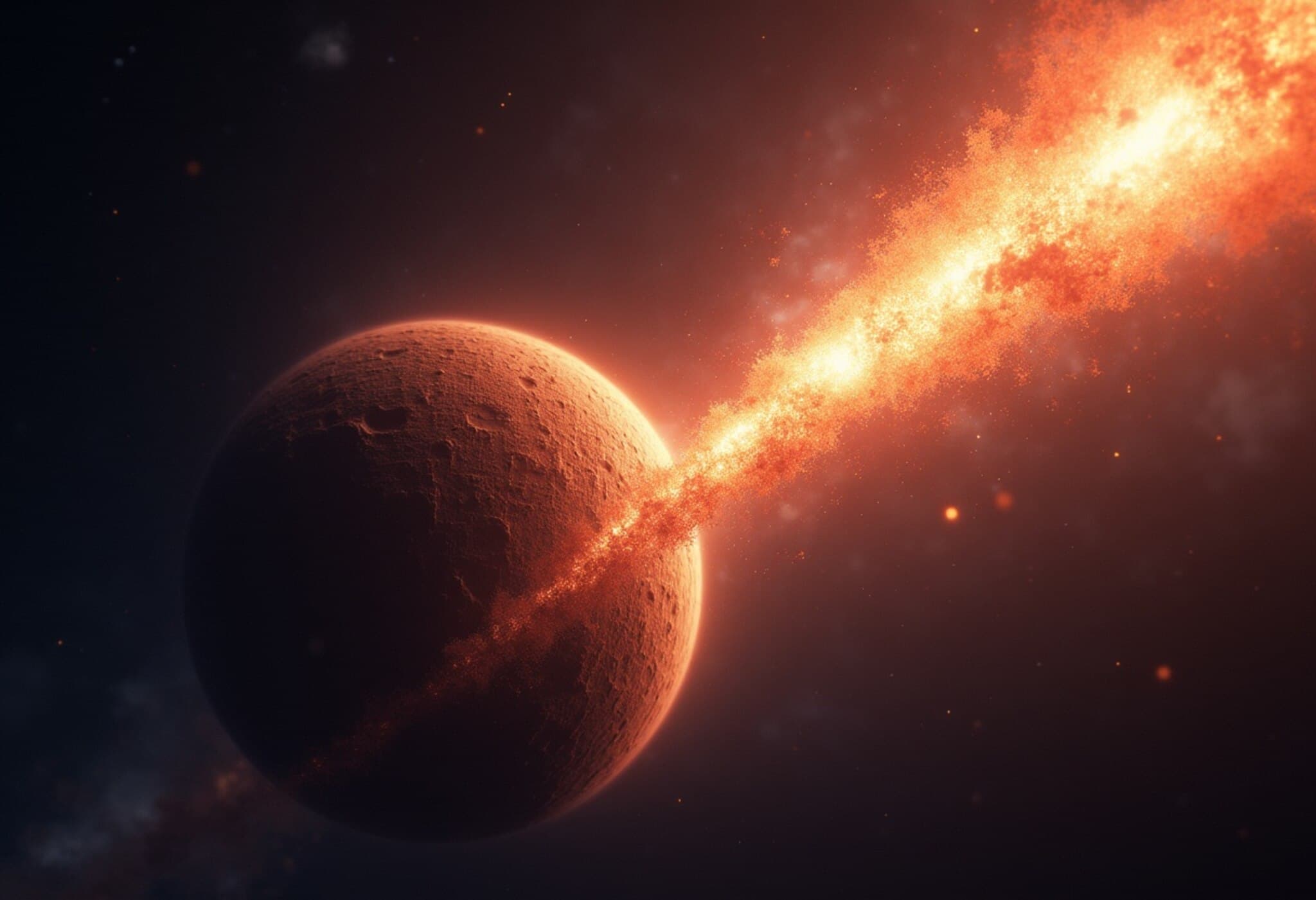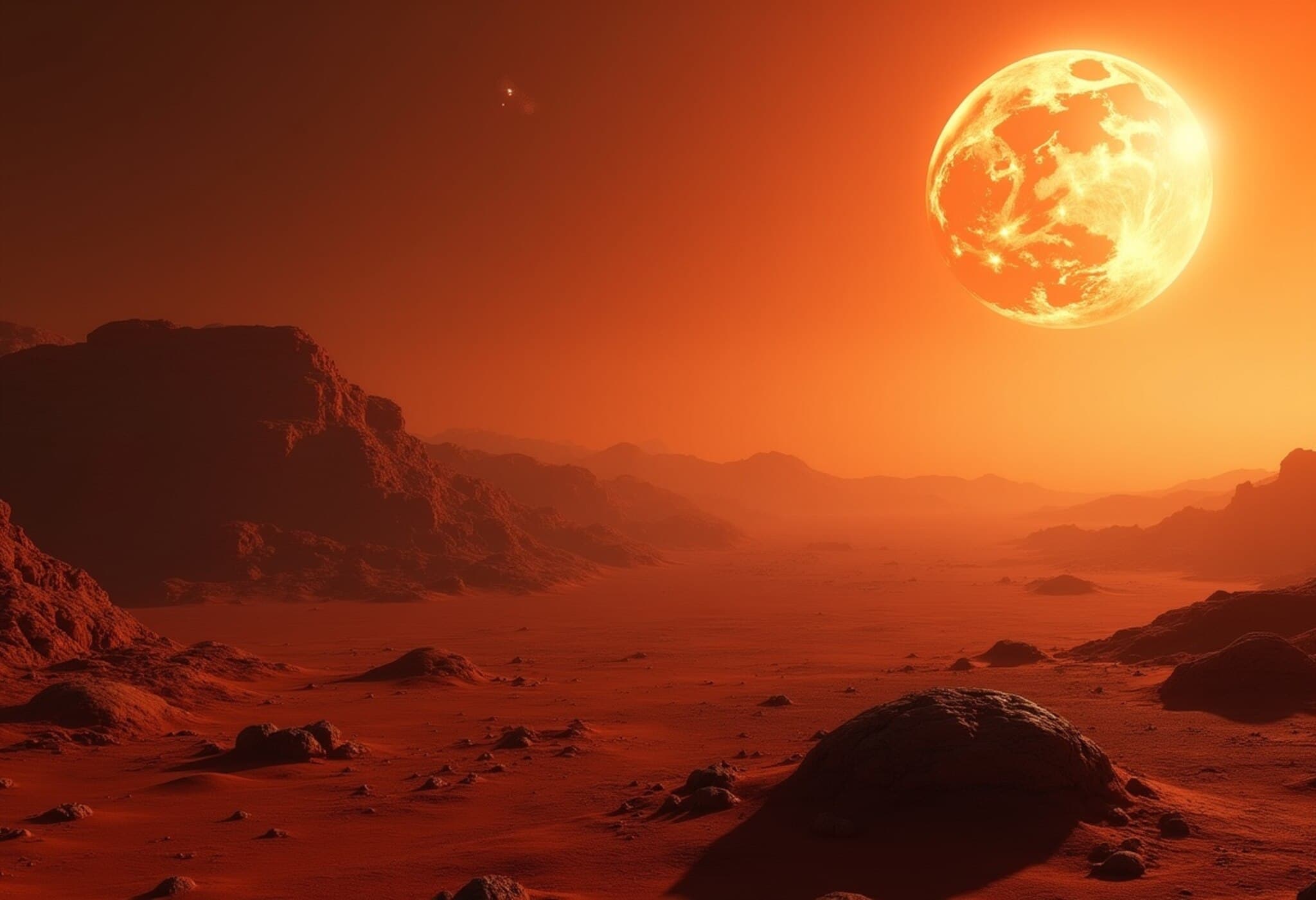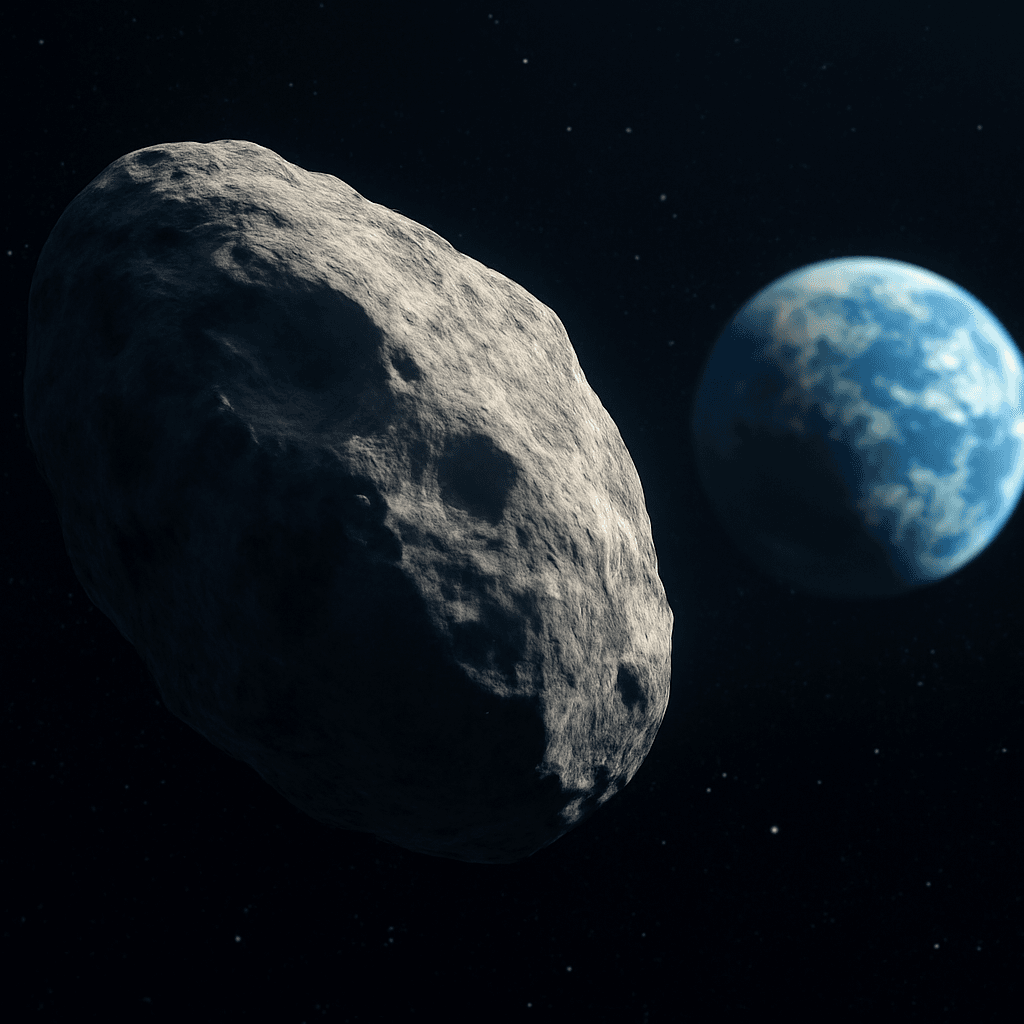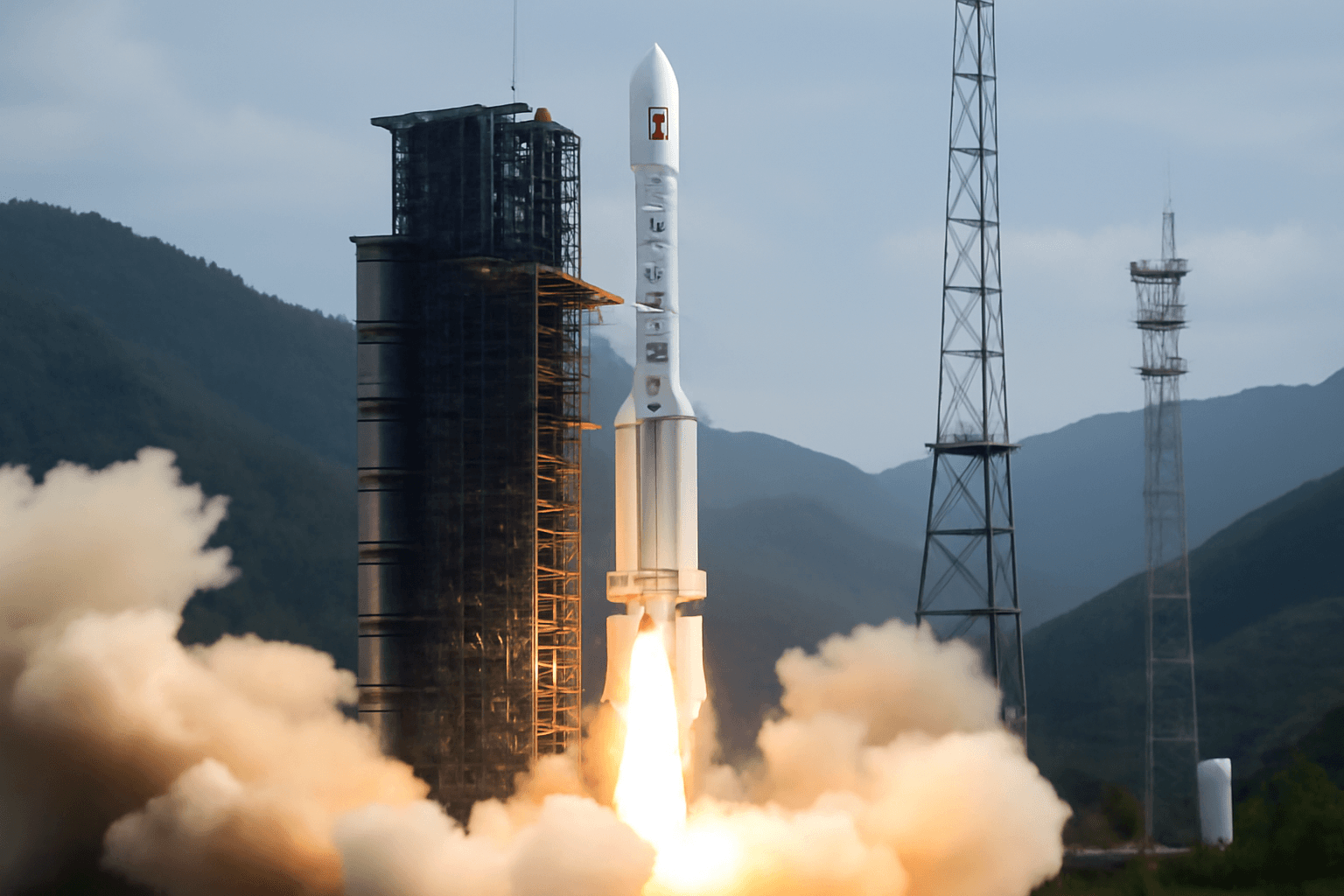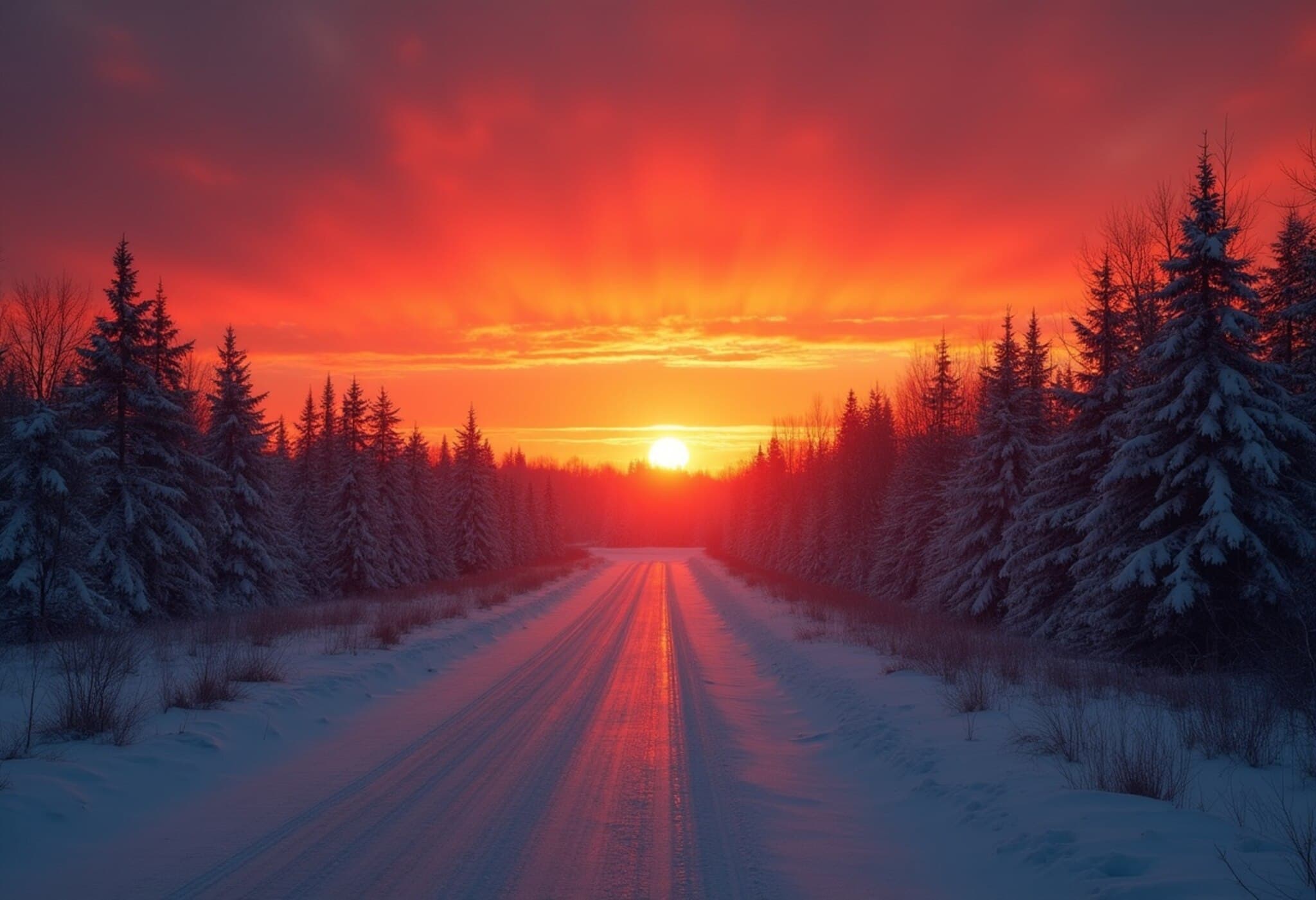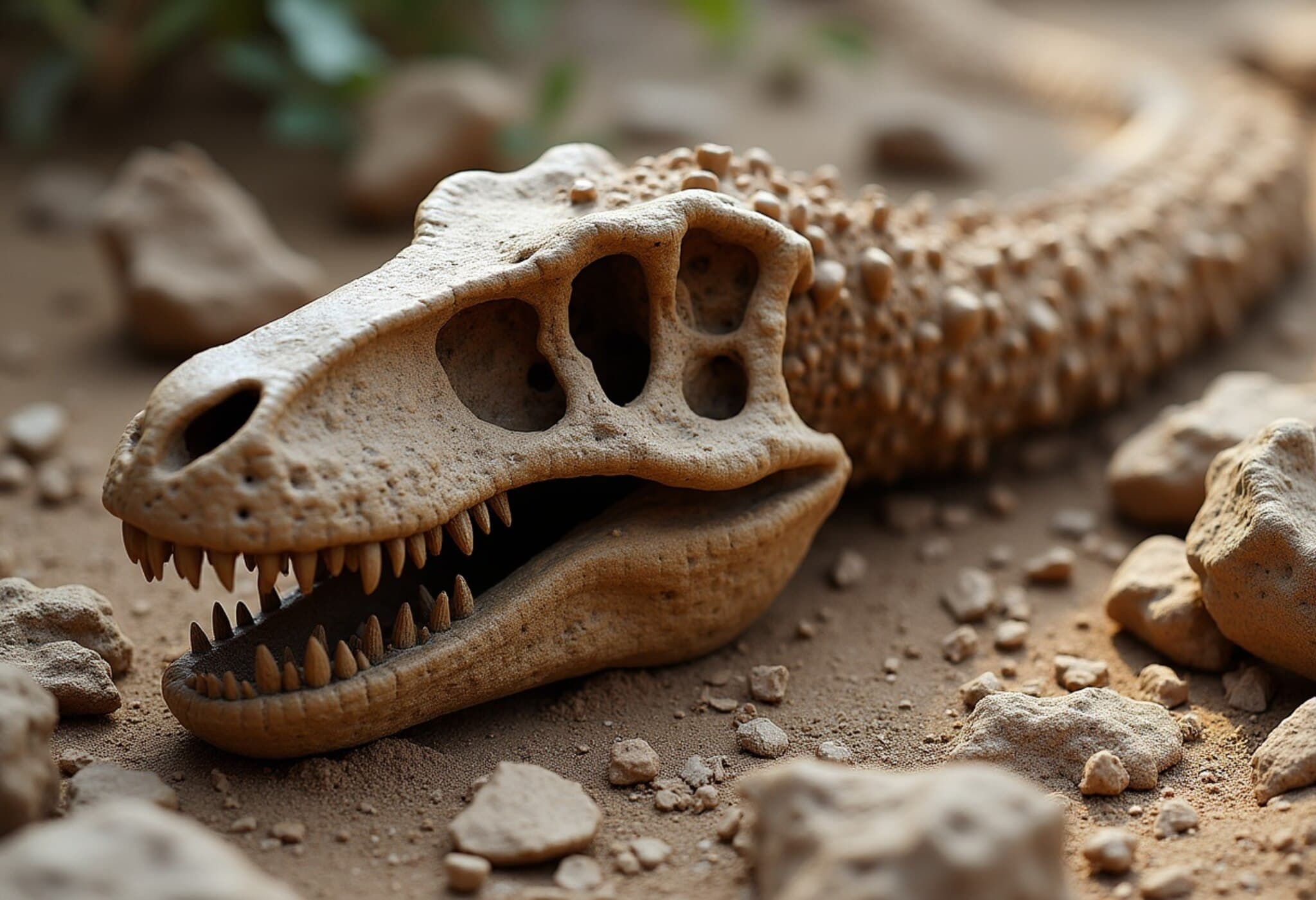Capturing the Dawn of Planetary Birth Beyond Our Solar System
In the cosmic expanse some 1,370 light-years away from Earth, astronomers have achieved a groundbreaking milestone: observing the nascent stages of rocky planet formation around a young star named HOPS-315. This discovery offers an unprecedented window into how Earth-like worlds may come into existence, reshaping our understanding of planet formation beyond our own solar system.
Peering into the Cradle of Rocky Worlds
HOPS-315, a baby star classified as a sun-like protostar, is currently enveloped in a dense, swirling disk of gas and dust—raw materials destined to coalesce into planets. According to Melissa McClure of the Leiden Observatory in the Netherlands, who spearheaded the international research team, "It’s a direct glimpse of the hot region where rocky planets like Earth are born." Published recently in the journal Nature, their findings mark what McClure describes as a “snapshot of time zero,” capturing the universe in the crucial moment when the first planetary seeds begin to form.
Harnessing the Power of Cutting-Edge Telescopes
This remarkable observation was made possible by the combined prowess of NASA’s James Webb Space Telescope and the European Southern Observatory’s Atacama Large Millimeter/submillimeter Array (ALMA) in Chile. Together, they unlocked details in the young star’s protoplanetary disk — itself a fleeting phase spanning only 100,000 to 200,000 years — revealing mineral compositions reminiscent of those found during our own solar system’s infancy more than 4.5 billion years ago.
Same Building Blocks as Our Solar System
The team detected silicon monoxide gas and crystalline silicates — minerals believed to be among the very first solids that condensed in the early solar nebula. Intriguingly, these materials appeared in a region analogous to our asteroid belt, positioned between Mars and Jupiter. This discovery answers a long-standing question about whether such mineral condensation is unique to our corner of the galaxy or a universal step in rocky planet formation.
"Before, we didn’t know if this was a universal feature or a quirk of our solar system," McClure explained. "Our results suggest that the early condensation of these minerals could be a common hallmark across planetary systems."
The Critical Transition Phase Captured
Past studies either focused on younger, largely gaseous disks or on more mature disks where planets were already taking shape. This research closes that knowledge gap by pinpointing the transition phase—the key moment when the first solid particles materialize, setting the stage for planet building.
Fred Ciesla, planetary scientist at the University of Chicago who was not part of the study, hailed this as a crucial breakthrough: "Astronomers have long pondered the origins of planetary systems. Now we have direct insight into that initial phase," suggesting a fertile area for future discoveries.
What the Future Holds for HOPS-315
While it remains uncertain how many planets will ultimately coalesce around HOPS-315, McClure estimates that with its sizable gas disk, it could give rise to as many as eight planets within the next million years—potentially including rocky, Earth-like bodies.
Co-author Merel van ’t Hoff of Purdue University expressed excitement about expanding this line of research: "We want to know just how common Earth-like planet pathways are. Are we unique, or is Earth’s story one among countless others in our galaxy?"
Why This Discovery Matters
- Empirical proof: Directly witnessing the earliest solid particles form provides compelling, observational evidence for theories developed over decades.
- Universal processes: Confirmation that other star systems undergo similar mineral condensation would suggest Earth-like planets may be widespread.
- Implications for habitability: Understanding the timeline and environment of rocky planet formation aids astrobiologists in identifying worlds capable of sustaining life.
Looking Ahead
As new telescopes come online and techniques improve, astronomers anticipate exploring dozens more protostellar disks in their infancy, refining our cosmic family tree in the process. Could there be millions of Earth analogues quietly forming across the galaxy? This research brings us one step closer to answering that profoundly human question.
Editor’s Note:
This landmark study invites us to rethink our place in the universe. The early mineral formation around HOPS-315 showcases not just the mechanics of planet birth but also ignites hope that Earth-like worlds — with the potential for life — might be more common than once believed. As we peer deeper into the cosmos, the frontier of planetary science is expanding, reminding us that every discovery begins with the courage to look beyond.

